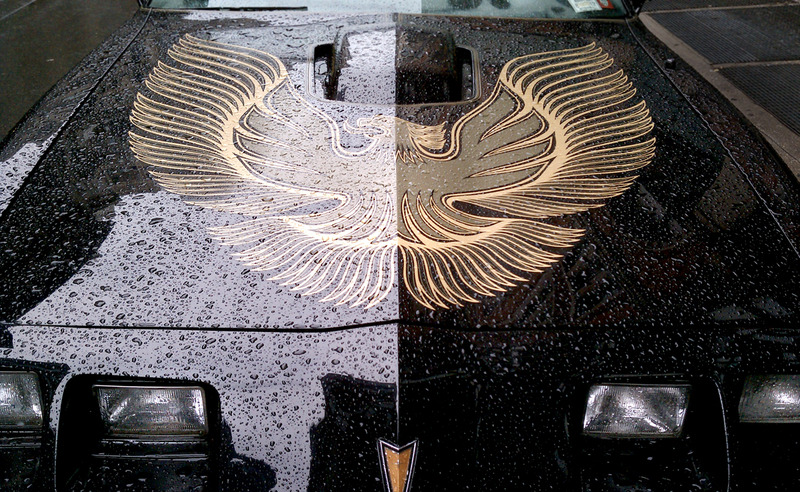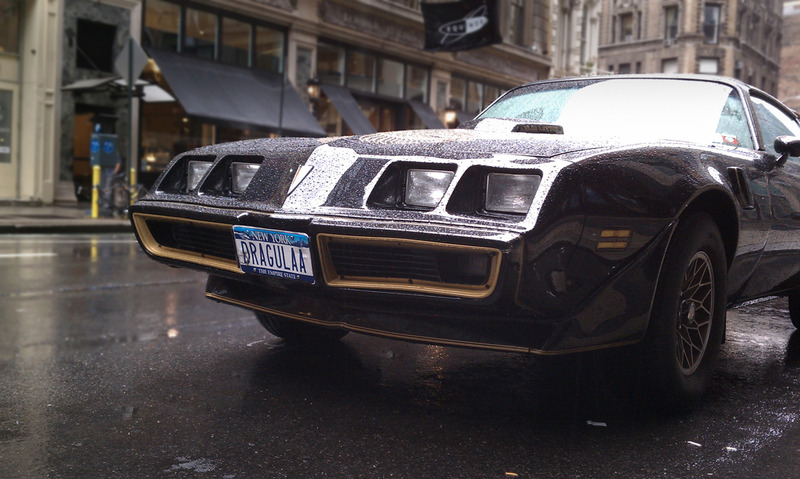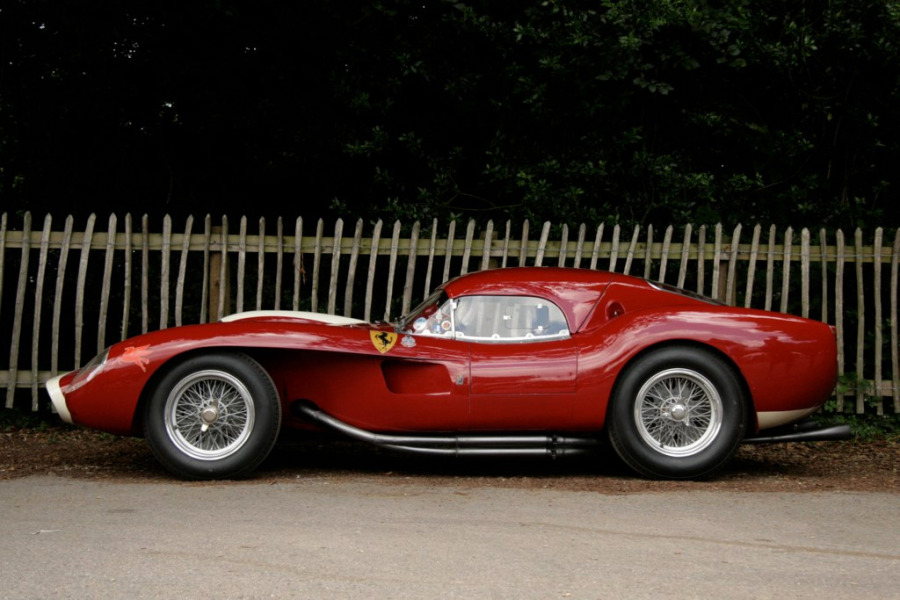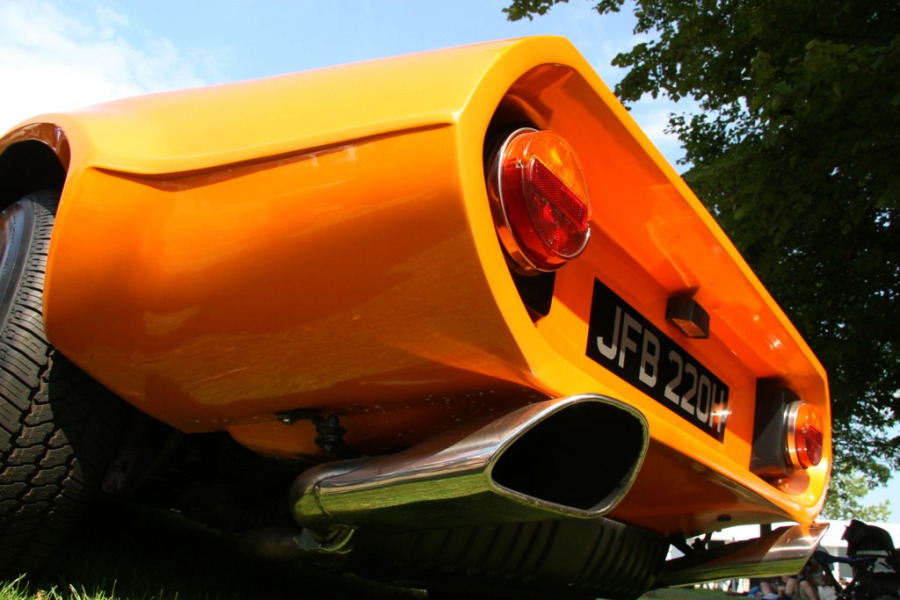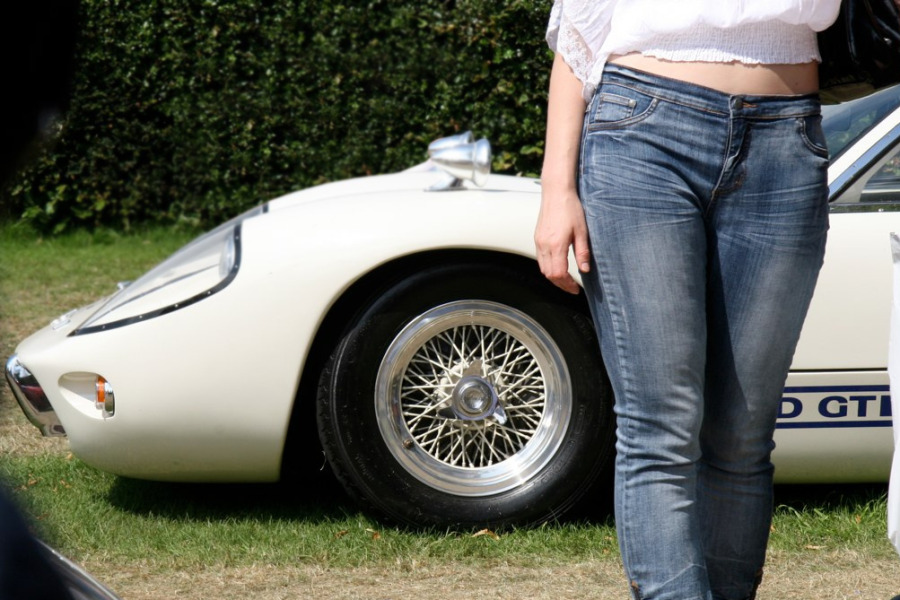Book Review: Karl Ludvigsen's Colin Chapman - Inside the Innovator
 Sunday, July 31, 2011 at 2:01PM
Sunday, July 31, 2011 at 2:01PM Last week, I wrote a piece lamenting that many of today's car books are either glossy coffee table books of car porn, or poorly-produced works by passionate amateurs, lacking in finish and presentation. This week, I'd like to tell you how Karl Ludvigsen's incredibly detailed and richly illustrated new biography of Colin Chapman delivers satisfaction on every level.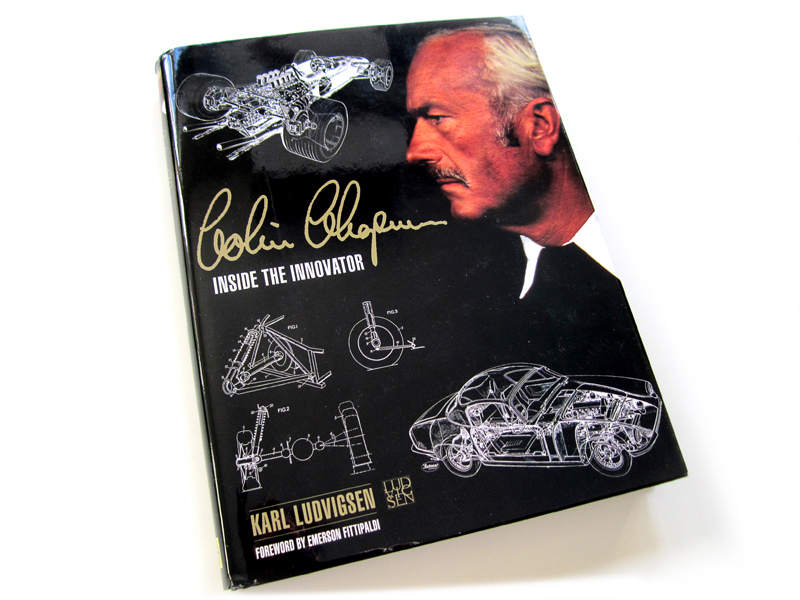
If you are a regular reader of this site, I don't need to go into much detail about who Chapman was, or the man's numerous accomplishments. But to summarize in one pithy sentence, Colin Chapman was a brilliantly innovative creator of racing machines whose ideas fundamentally changed the sport on nearly every level. And Ludvigsen's book is a definitive compendium of all the ways, large and small, in which Chapman left his indelible legacy on Formula One and Sports Car design. 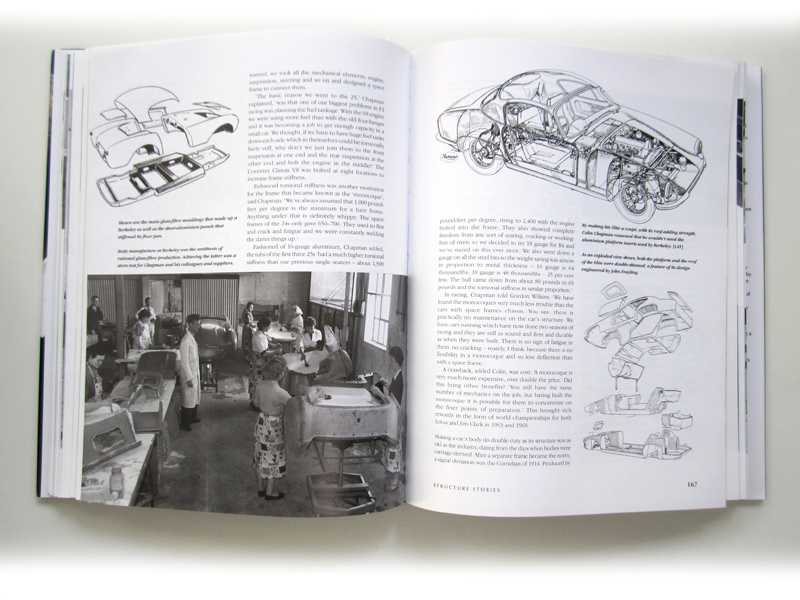 Colin Chapman: Inside the Innovator is --to my knowledge-- the most comprehensive volume yet written about the charismatic and ingenious founder of the Lotus marque. Ludvigsen, arguably one of the foremost automotive historians around today, has left no stone unturned in his categoric analysis of Chapman's genius. Rather than organize his book in chronological fashion, the author has adopted a thematic approach for this nearly 400 page work.
Colin Chapman: Inside the Innovator is --to my knowledge-- the most comprehensive volume yet written about the charismatic and ingenious founder of the Lotus marque. Ludvigsen, arguably one of the foremost automotive historians around today, has left no stone unturned in his categoric analysis of Chapman's genius. Rather than organize his book in chronological fashion, the author has adopted a thematic approach for this nearly 400 page work.
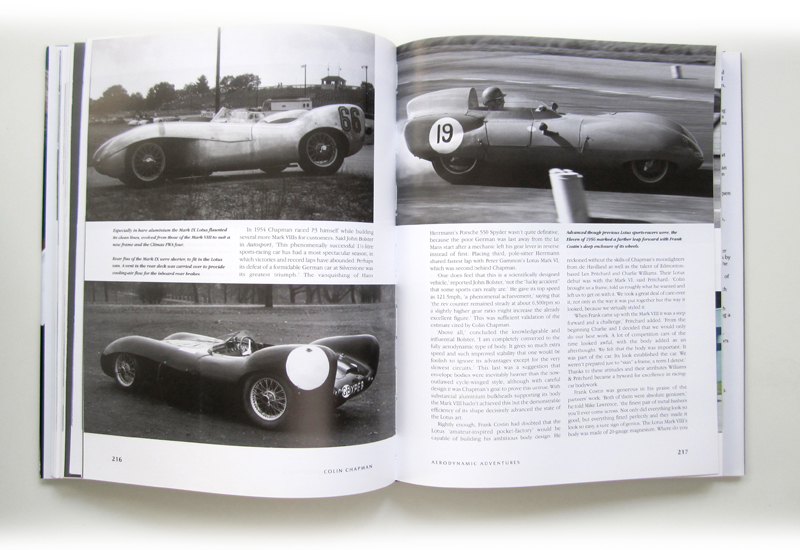
This allows a more casual reader to digest the book in sections, so if you just want to know about how Chapman approached his chassis design, you can go directly to the chapter about Chassis and Structure, and skip all the engine and gearbox bits. My favorite chapter was the "Discovering Downforce" section, which details how Chapman and his designers gradually came to understand the Ground Effect in the wind tunnel, and how they translated these experiments into devastatingly effective racing machines that dominated Formula 1 in the late 1970s. I had no idea how technically-minded Mario Andretti was, but he comes across in the book as an extremely astute strategist and test driver, aside from being a fast-as-hell racing champion. His observations and anecdotes about his time with Chapman are particularly insightful.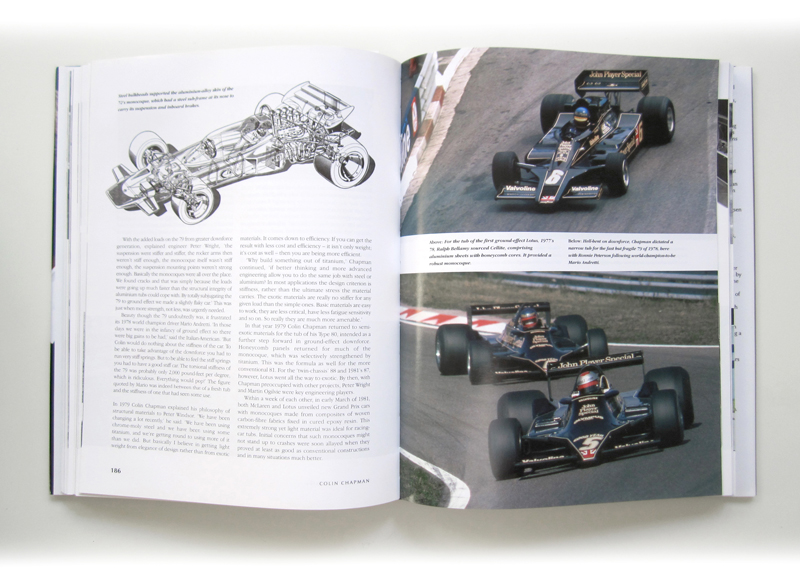 Other sections of the book focus on technical aspects such as suspensions, engines, and chassis design, as well as less concrete topics such as Chapman's management style and his conceptual approach to design. In short, it's a huge all-you-can-eat buffet of facts, analysis, interviews, photographs, and technical drawings, and there is something for everyone's taste!
Other sections of the book focus on technical aspects such as suspensions, engines, and chassis design, as well as less concrete topics such as Chapman's management style and his conceptual approach to design. In short, it's a huge all-you-can-eat buffet of facts, analysis, interviews, photographs, and technical drawings, and there is something for everyone's taste!
The picture of Chapman that emerges is of a charming yet un-knowable Sphinx. One might even say he had certain psychopathic characteristics such as narcissism, lack of empathy, lack of personal accountability, and his manner of instinctively knowing how to treat people according to how he could best manipulate them (either through flattery or brutality). Either way, he was a very canny reader of other people, and adept at getting the best out of those around him, even if he had to run roughshod over others' pride. The death of his dear friend Jim Clark, in a Lotus F2 car in 1968 is the only point at which we see Chapman's human emotions really come to the fore as he became engulfed in deep mourning and sorrow.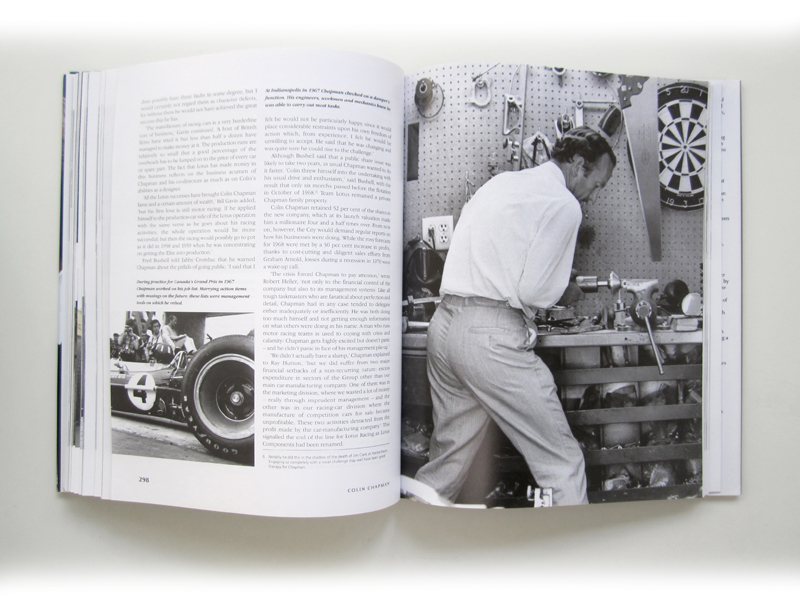 Although the text is sometimes very dense in the more technical chapters, and reading the book cover to cover took me quite some time (I always read every book I review from cover to cover, folks), I found it to be a very illuminating portrait of Chapman in all his guises: engineer, businessman, side show impresario, mentor and tyrant. The only areas that the book covers very little are Chapman's personal life as well as his later financial dealings with John Z. DeLorean that might have ultimately landed him in jail for defrauding investors had he not suddenly passed away in 1982 at the age of 54. Perhaps this omission was intended to focus more on solid history than on gossip, and more on innovation than pure biography, but it seems that a work this comprehensive nature should make more than a passing mention of Chapman's involvement with DeLorean, since it defined the last few years of Chapman's life. Perhaps Ludvigsen didn't want to tarnish the luster of Chapman's genius by detailing his financial chicanery, but this was nevertheless part of what made Chapman such a complex and interesting character --he was definitely a shady dealer by all accounts-- and might have added some spice to the read.
Although the text is sometimes very dense in the more technical chapters, and reading the book cover to cover took me quite some time (I always read every book I review from cover to cover, folks), I found it to be a very illuminating portrait of Chapman in all his guises: engineer, businessman, side show impresario, mentor and tyrant. The only areas that the book covers very little are Chapman's personal life as well as his later financial dealings with John Z. DeLorean that might have ultimately landed him in jail for defrauding investors had he not suddenly passed away in 1982 at the age of 54. Perhaps this omission was intended to focus more on solid history than on gossip, and more on innovation than pure biography, but it seems that a work this comprehensive nature should make more than a passing mention of Chapman's involvement with DeLorean, since it defined the last few years of Chapman's life. Perhaps Ludvigsen didn't want to tarnish the luster of Chapman's genius by detailing his financial chicanery, but this was nevertheless part of what made Chapman such a complex and interesting character --he was definitely a shady dealer by all accounts-- and might have added some spice to the read.
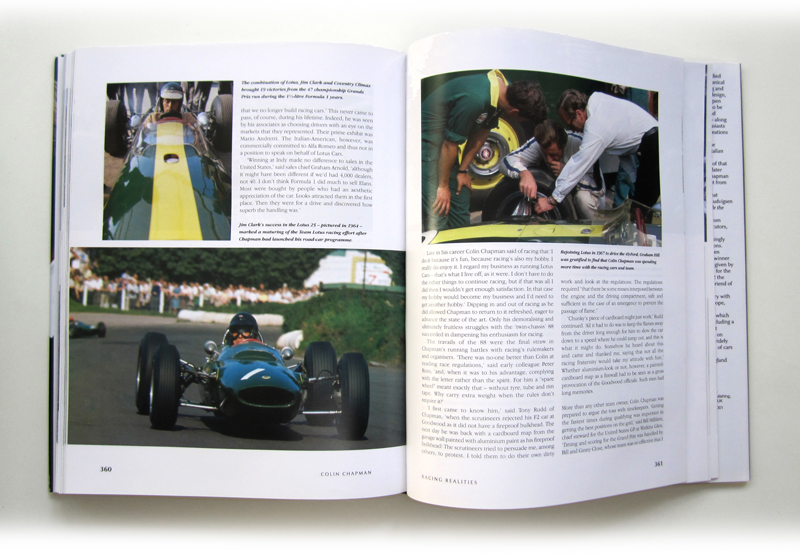 Through Ludvigsen's meticulous and expansive documentation of Chapman's exploits, one comes to understand the incredibly fertile nature of Chapman's mind and the incredible passion for success at all levels that drove him and sustained him through peaks and valleys in F1 as well as the production car and boat businesses. Interviews with colleagues and drivers, as well as a wealth of historical documents and photographs weave a vibrant and fascinating portrait that is at once informative as well as fun to flip through and just look at the pictures. One can spend hours studying the reproduced technical sketches drawn in Chapman's own hand, or reading facsimiles of his manifesto-like design briefs for his engineers. The thematic nature of the book serves to reinforce the breadth and depth of Chapman's genius. When you come to understand all the various skills and principles he had to master in order to design his cars, from gearboxes to fluid dynamics, not to mention all the balls he had to keep in the air as a businessman and team manager, it's nothing short of a remarkable life. In my opinion, Ettore Bugatti and Henry Ford are the only other geniuses of this type in the history of the motorcar, who did everything from technical design to administration, to management, and did it so very well. Much has been written about the other two men. At last there is a book that elucidates Chapman's staggering talents in such a complete way.
Through Ludvigsen's meticulous and expansive documentation of Chapman's exploits, one comes to understand the incredibly fertile nature of Chapman's mind and the incredible passion for success at all levels that drove him and sustained him through peaks and valleys in F1 as well as the production car and boat businesses. Interviews with colleagues and drivers, as well as a wealth of historical documents and photographs weave a vibrant and fascinating portrait that is at once informative as well as fun to flip through and just look at the pictures. One can spend hours studying the reproduced technical sketches drawn in Chapman's own hand, or reading facsimiles of his manifesto-like design briefs for his engineers. The thematic nature of the book serves to reinforce the breadth and depth of Chapman's genius. When you come to understand all the various skills and principles he had to master in order to design his cars, from gearboxes to fluid dynamics, not to mention all the balls he had to keep in the air as a businessman and team manager, it's nothing short of a remarkable life. In my opinion, Ettore Bugatti and Henry Ford are the only other geniuses of this type in the history of the motorcar, who did everything from technical design to administration, to management, and did it so very well. Much has been written about the other two men. At last there is a book that elucidates Chapman's staggering talents in such a complete way.
Available through Motorbooks and Amazon
 Automotive History,
Automotive History,  Book review,
Book review,  Colin Chapman,
Colin Chapman,  Haynes Publishing,
Haynes Publishing,  Lotus,
Lotus,  car books in
car books in  Book Review
Book Review 


